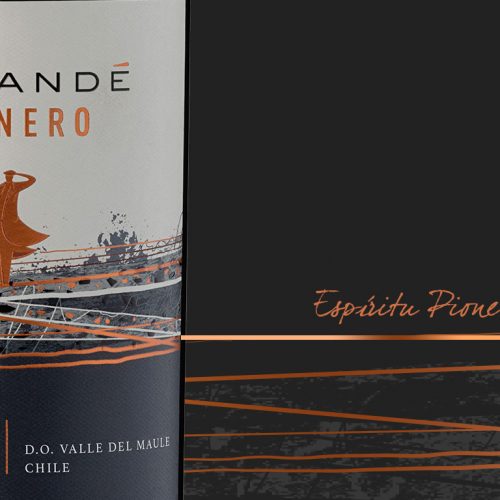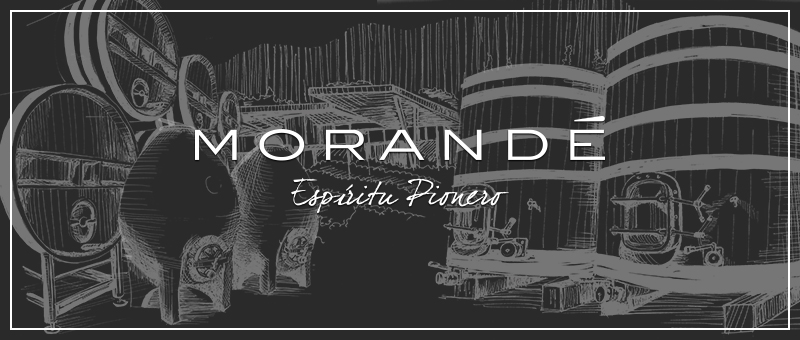
31 May Barrel, foudre, or cement egg? A range of possibilities
One of our main attributes and transversal elements in our DNA is innovation. This, understood from our exploratory spirit that led us to be the first to plant vines in the Casablanca Valley, pioneers in planting high-density fields, pioneers in launching a line called Aventura focused on highlighting the unknown diversity of terroirs and varieties from Chile; and being one of the first wineries to rescue terroirs and ancestral winemaking techniques, to name a few.
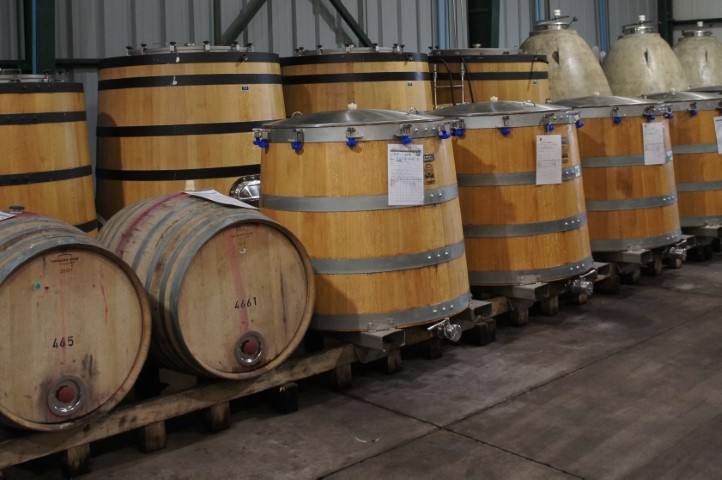
This restless spirit has led us to explore new lands, blends, and styles, and to create a winery designed for experimentation, which we have rightly called “Aventura Winery”. A place that will allow us to play with new varieties, try innovative fermentation and storage containers; and test new techniques, to continue delivering honest wines with a very clear identity.
In this cellar we have different elements for vinification and aging, in which the last one is a very important factor, and makes each wine take on its own expression, achieving endless nuances.
There are various containers for aging, the most popular and traditional being the barrel, a 225-liter wooden container that slowly oxygenates the wine and provides aromas and flavors, definitively structuring a wine. Among its varieties, the best known and most traditional is the French oak barrel, with which smooth and elegant wines are obtained.
Similarly, well known and used are the foudres. These large barrels, usually made of oak wood, whose shape can be round or oval, are kept horizontal and their wood/wine ratio is lower in relation to the barrel, generating slower aging and providing fewer aromas and wood flavors, highlighting more the fruit and, therefore, the origin of the grape. Its capacity is 2,000 and 4,000 liters.
Another container for vinification and aging is the cement egg, a tank where the wine receives good oxygenation without adding sweet or toasted flavors and aromas, unlike wood. The relatively thick walls of the cement cushion the differences in temperature with the outside without concentrating the heat in a highway, which allows smooth and continuous fermentations to be achieved. In addition, and thanks to its almost spherical shape and the temperature differences generated inside it, the wine circulates laterally and vertically, keeping the lees in slight suspension, giving a sensation of greater volume in the mouth and an outstanding purity of aromas.
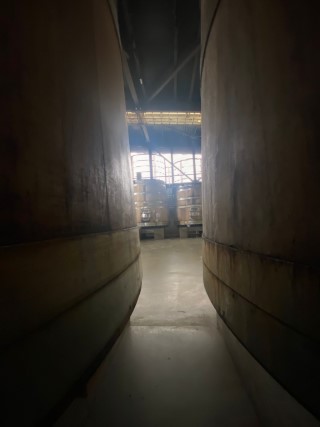
The frustoconical wooden vats are also used for fermentation and aging of wines. The vats slowly oxygenate the wine, contributing to the early polymerization of the tannins, that is, making them softer and providing the texture and aromas of the wood due to the close contact between the two. Its capacity is between 1,000 and 5,000 liters.
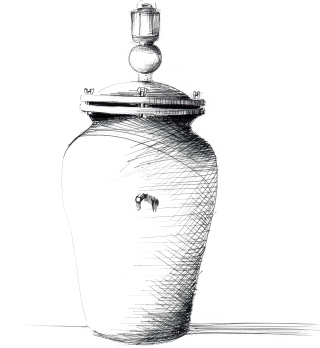
Finally, we find the ceramic vats and small spherical and oblong tanks that are being used again in the winemaking process. The clay worked at high temperature transforms its structure almost into a glass, which allows the wine to be isolated from foreign elements. These vats are mainly used for the fermentation and aging of experimental vineyards of Chenin Blanc, Vermentino, Semillon with and without pomace, Mourvedre, Tempranillo, Touriga Nacional, Sangiovese.
This is how each of these containers contributes different characteristics to the mixture in the aging process, which will be part of the aroma, flavor, and character of the final wine. And it is not that there is one better than another, but it will depend on the style that you want to achieve, according to what you want to obtain in the wine.


